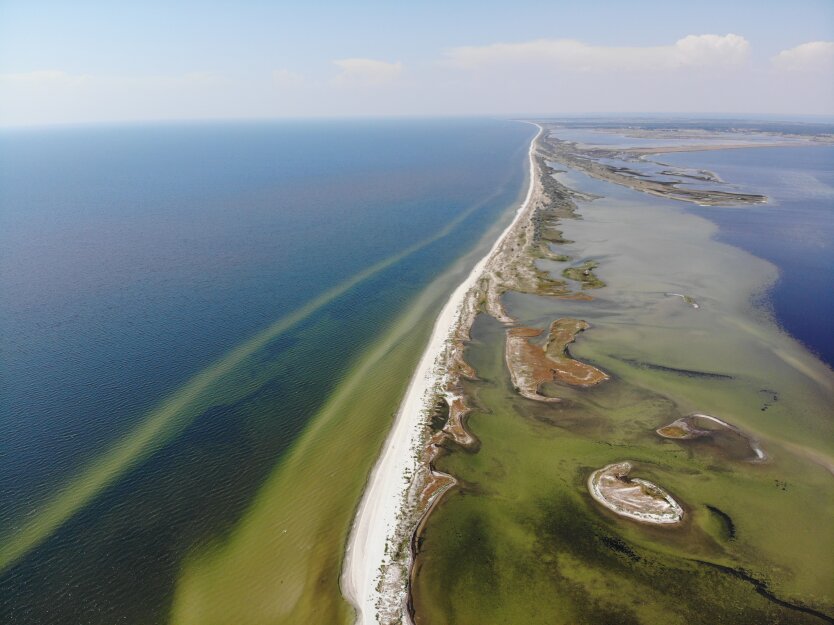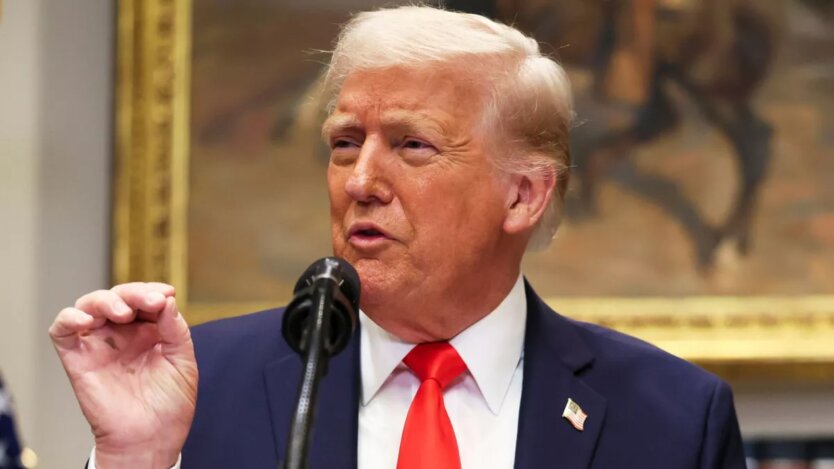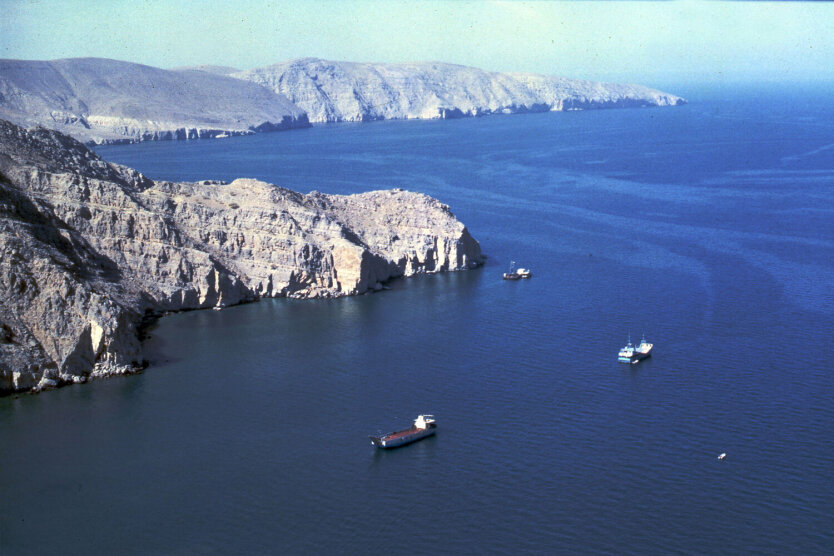The expert explained what hinders investors from building new generation.


The Ukrainian Association of Renewable Energy reported that Western investors are awaiting the resolution of the debt crisis in the energy sector from the state. Ihor Tynnyi, a co-founder of the association, noted that this is necessary to accelerate the construction of new capacities, particularly renewable energy.
"Currently, private businesses are building very little compared to what they could be building, as it is not economically feasible... There are opportunities, but there are no proper incentives. The main obstacle is state regulation," Tynnyi stated.
According to him, the main problems in the energy sector now are restrictions, regulation, and unpredictability. In addition, there is constant underfunding of the energy market with significant debts, and electricity prices are artificially lowered compared to market prices.
"That's why investors are not building, as their investments do not pay off. Over the past 5 years, the pace of energy construction by private investors in Ukraine has decreased tenfold," he added.
According to Tynnyi, liberalization and the removal of artificial restrictions on the energy market will lead to market self-regulation, debts will disappear, and private investors will start investing in energy.
"Then investors will be confident that they will receive payment for the energy supplied in the future. This aligns with the business plan. Currently, receiving payment is possible even in 16 months, and under such conditions, no bank will provide a loan," Tynnyi emphasized.
Read also
- Dead Zone Forces Russians to Attack in Small Groups
- Russians fear Ukrainian landing on Kinburn and Tendrivske Spits - Defense Forces
- The enemy attacked Kyiv with drones and missiles: the consequences of the 'strikes'
- Operation Under Cover: CNN Learned How Trump Prepared Strikes on Iran
- Trump sent Kellogg to Lukashenko to resolve the 'Ukrainian issue': NYT revealed the details
- Iran is ready to cut off oil to the whole world after US strikes: what we know










